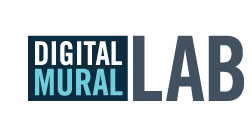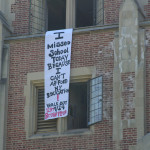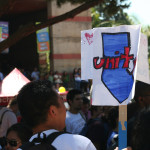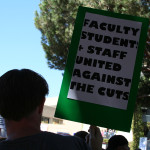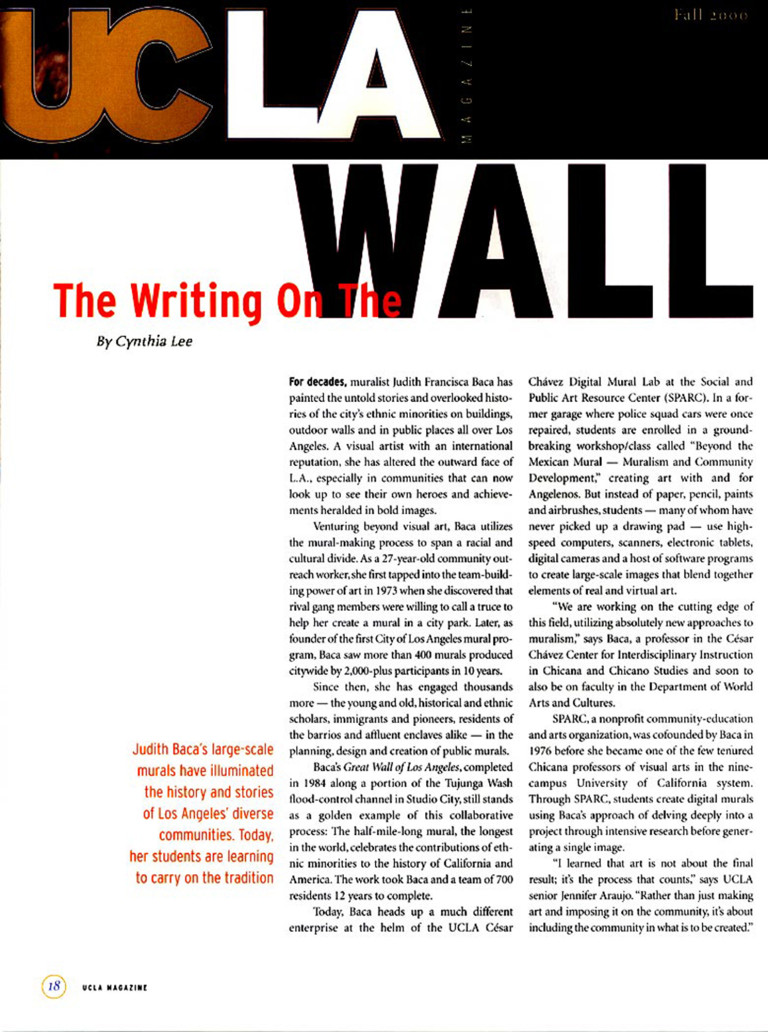We are a city of nations: a myriad of peoples from all over the world joined by a sprawling network of freeways and shared geography.
Los Angeles 2010 brings even more diversity and global economic struggles combined now with local downturns that doubly affect Angelinos. Our schools face challenges to educate diverse children in a nearly bankrupt state, as those under 18 have become the largest segment of our population.
The arts play a critical role in the up lifting of the human spirit and the expression of our deepest shared values as people. They can bridge difference between people,
articulate a vision of hope and change for a community. They can, through creative collaborative processes, teach us how to live and work together in the most productive ways.
In this next year, we at the Social and Public Art Resource center will bring together another group of youth to work on the restoration of my ½ mile long mural on the history of California Mural called the Great Wall of Los Angeles Mural which focuses on the contributions made by immigrants and populations of color in the Los Angeles area. This work now 33 years old in some areas will be completely restored and a new interpretive Green Bridge built over the site which will serve as viewing station with interpretive panels. Our plans to extend the mural will empower another generation of youth to continue beyond my lifetime to interpret our evolving history.
In addition in 2010, we will create two interactive Digital Murals: Tiny Ripples of Hope and Seeing Through Others Eyes and install them in the new Robert F. Kennedy K-12 Learning Center on the site of the historic Ambassador Hotel. This work will through new touch screen technology and geo-mapping offer the images of the mural to allow students to delve into the representations in the mural of the issues defined by Robert F. Kennedy as the most salient issues of the 1960’s and also of our time:
-War, Healthcare, Poverty, Intolerance, Environment and Education
The UCLA/SPARC Cesar Chavez Digital Mural Lab and LAUSD RFK Learning Center will collaborate to produce a multi-layered interface program, which will enable students to interact with the library murals through touch screen technology to explore the mural’s content and accompanying curriculum. The students will expand through real life application the social justice curriculum by social action in their communities that is recorded and shared. The interactive curriculum based program will use the digital murals as a launching pad to link to bibliographies, articles, images, and recorded interviews collected and geo-tagged during the artist’s research period and the student’s own exploration in their own diverse neighborhoods creating a virtual map of issues in the City of Los Angeles.
